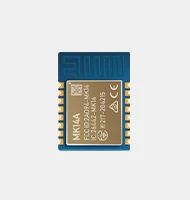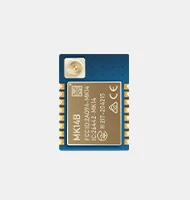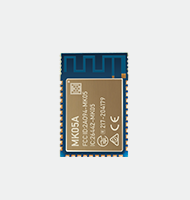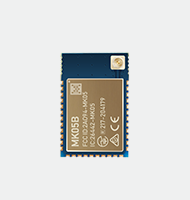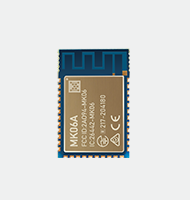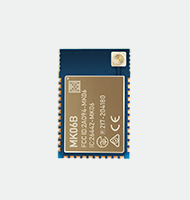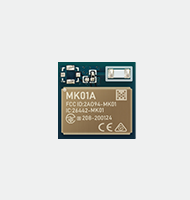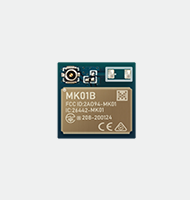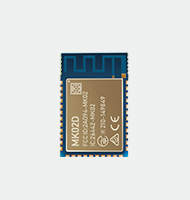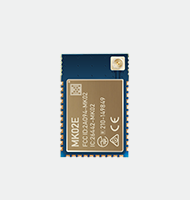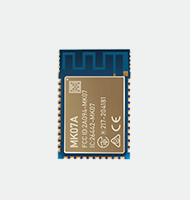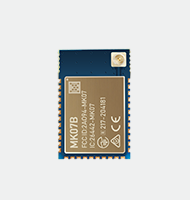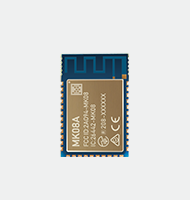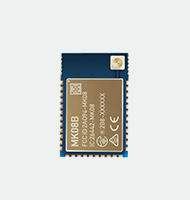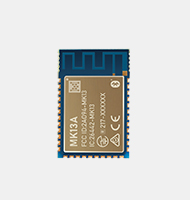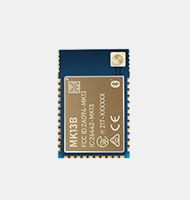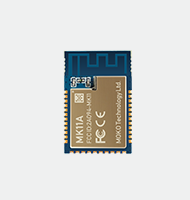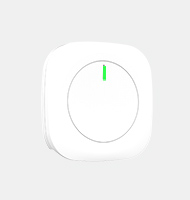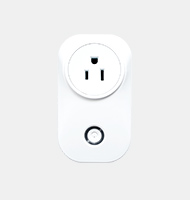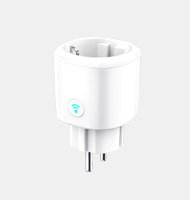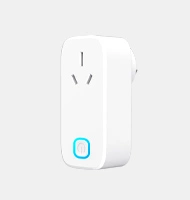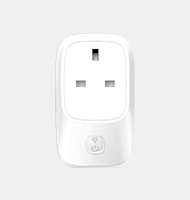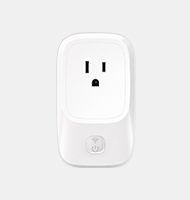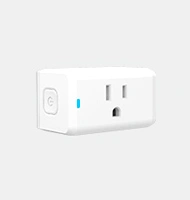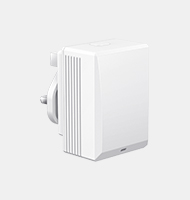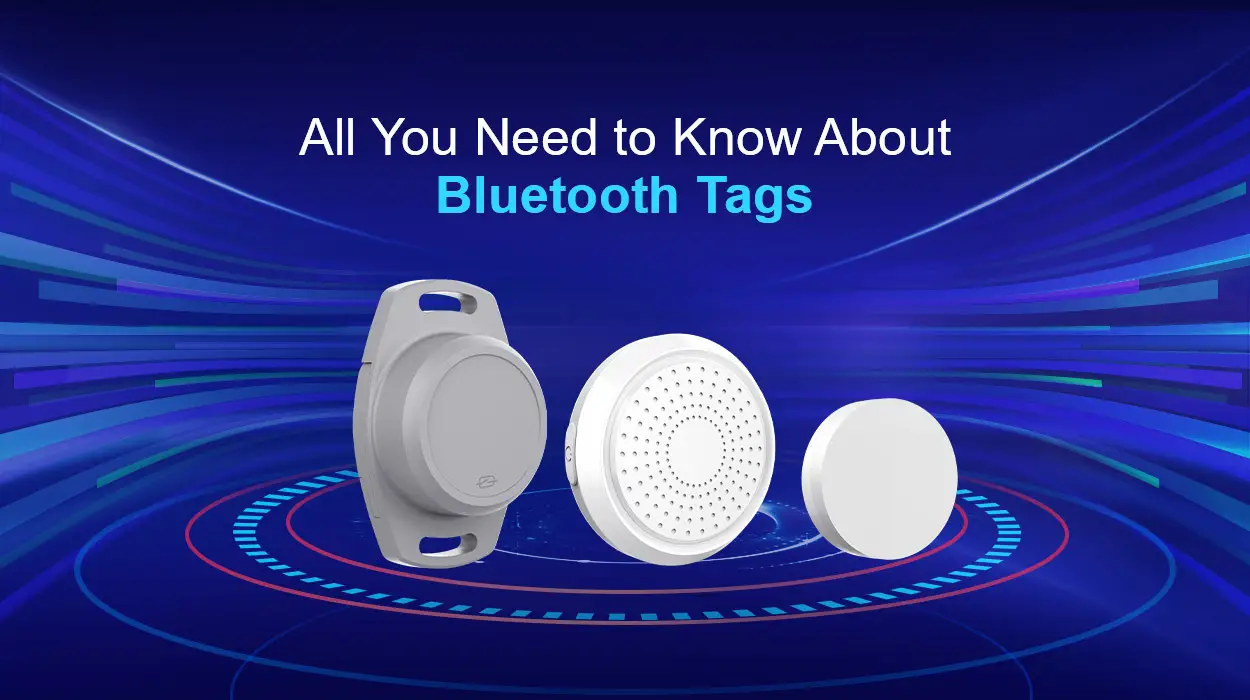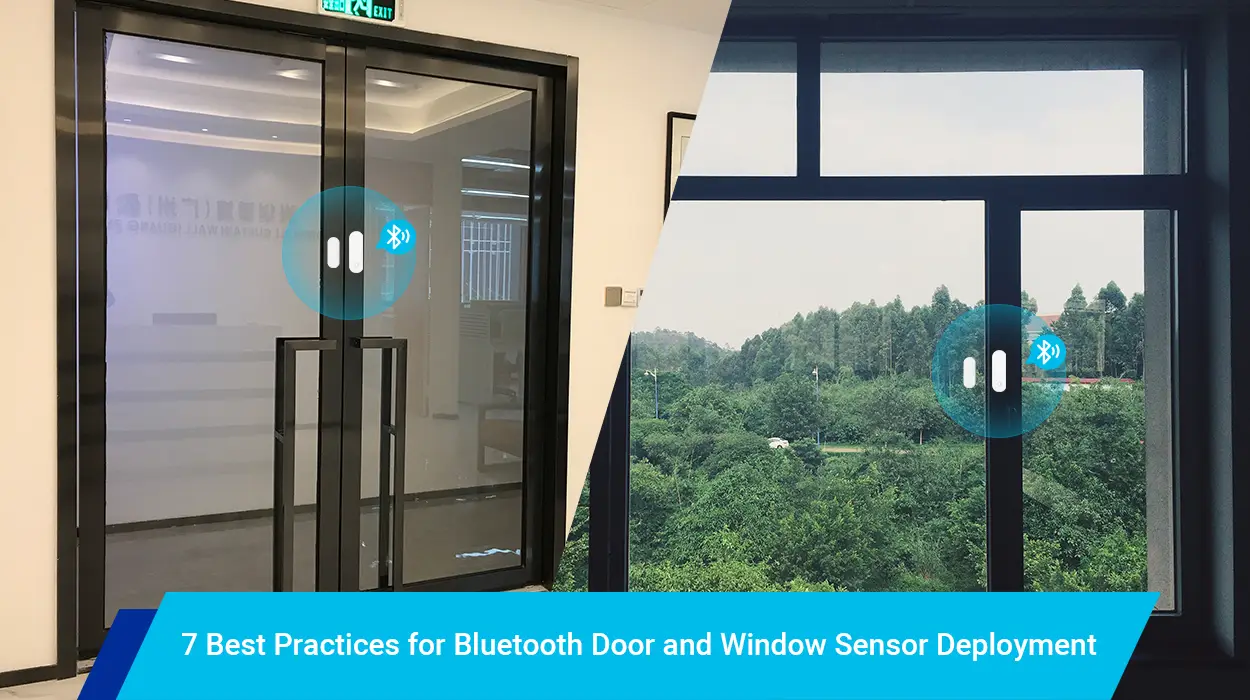Bluetooth tags have gained popularity in recent years as a tool to help people keep track of their belongings and assets. Due to their convenience and ease of use, these small wireless devices can be attached to personal items and high-value assets to help locate them. BLE tags have become an essential tool for many people to improve asset management and stay organized. In this article, we will cover everything you need to know about Bluetooth tags, including how they work, their advantages and limitations, and how to choose the appropriate tag based on your needs.
What are Bluetooth low energy tags
Bluetooth tags are tiny wireless devices that use Bluetooth low energy (BLE) technology to connect to a smartphone or mobile device. With their compact size, these Bluetooth tags can be attached to almost any object like personal items, pets, pallets, containers, and even construction machinery to help locate them. BLE tags emit a signal that can be detected by a paired device, which then uses this signal to determine the location of the tag and, in turn, the item to which it is attached. The tag can then be tracked using a smartphone that provides real-time location updates.
The primary purpose of Bluetooth smart tags is to determine the location of an object. The BLE tags are a convenient solution to the common problem of misplacing or losing items, which can cause stress and waste valuable time. Whether you are a warehouse keeper, a worker, or just someone who tends to misplace items, Bluetooth tags can be a game-changer in helping you stay organized and stress-free.
What is the range of BLE smart tag
The range of BLE tags refers to the distance between the Bluetooth tag and the device used to track it. Since Bluetooth is a short-range wireless communication technology, BLE smart tags make it possible to quickly and accurately communicate within a range of approximately 100 meters. However, this range may vary depending on specific devices and environmental factors, such as walls, interference from other devices, and Bluetooth signal strength.
It is also important to note that the range of BLE tags can be influenced by the device used to track them. If you are using a smartphone or tablet with a weaker Bluetooth signal, this may reduce the effective range of the tag. Despite potential limitations, BLE tags remain a useful solution for asset tracking, as they are cost-effective and easy to implement.
Advantages and limitations of using Bluetooth tags
Bluetooth tags offer a number of advantages, making them a popular choice for tracking personal items and inventory, or monitoring the location of valuable assets. Meanwhile, though BLE tags provide convenient and affordable solutions, their limitations should be considered to ensure that they are the best option for your asset tracking needs. Here is an introduction to the main advantages and limitations of Bluetooth tags.
Advantages of Bluetooth low energy tags
- Small size: one of the biggest advantages of the compact size of Bluetooth tags, which makes them easy to attach to a wide range of items, including warehouse pallets, construction machinery, medical assets, and even cattle and sheep.
- Real-time location updates: BLE tags can be easily paired with a smartphone or tablet, and provide real-time location updates without the need for additional hardware or equipment.
- Low cost: compared to other tracking technologies, such as GPS, Bluetooth tags are relatively inexpensive, making them an accessible solution for those on a budget.
- Ease of deployment: Bluetooth tags are easy to use. They can be easily paired with a smartphone or tablet, and many come with user-friendly apps that allow for customized settings and alerts.
Limitations of Bluetooth low energy tags
- Limited range: Bluetooth technology has a limited range, typically up to around 100 meters, which can vary depending on the surrounding environment. This means that if an item with a Bluetooth tag is outside of this range, it cannot be located using the tag.
- Limited battery life: Bluetooth tags are typically small in size and are battery-powered, which means that they have a limited lifetime. Battery life can range from a few months to a year or more. Once the battery is depleted, the tag cannot communicate with other devices anymore.
- Limited compatibility: Bluetooth tags need to work with Bluetooth-enabled devices, meaning they may not be compatible with all devices. This may cause a problem if your device does not have Bluetooth turned on or is out of battery.
How to select the best BLE tag solution for asset tracking
Asset tracking is a critical task for many businesses, especially those dealing with high-value assets. To ensure you choose the best Bluetooth tags for your asset tracking needs, it’s important to consider several factors. Here are some key things to keep in mind when selecting a proper BLE tag solution.
![]()
Purpose and scope: The first step is to determine the purpose of the tracking solution and the scope of the implementation. You need to define what assets you want to track, where they are located, and how you plan to use the data gathered by the tracking solution.
Battery life: Take into account the battery life of the Bluetooth tags and determine if they need frequent replacement. Some tags possess a more extended battery life than others, while some can be recharged.
Size and form factor: The size and form factor of the BLE tags are also essential factors to consider. You want a tag that is small enough to be placed on your assets without being too bulky. Some tags are designed to be placed on the outside of an asset, while others can be placed inside.
Compatibility: It is essential to ensure that the Bluetooth tag is compatible with your device and that you have the necessary software and hardware to use it.
Durability: Consider the durability of the Bluetooth tag and whether it is suitable for the conditions in which it will be used. Some tags are waterproof or shockproof, making them excellent for use in harsh environments.
Cost: Consider the cost of the Bluetooth tag and make sure it fits your budget. Some tags may be more expensive than others, but they can provide extra functionality or better performance.
Differences between Bluetooth tag and Bluetooth beacon
Bluetooth beacons and tags are two types of positioning devices used in Bluetooth-based positioning systems. Beacons are fixed nodes that emit signals and are installed in fixed locations, while tags can be moved and have dynamic transmission power and rate. Tags can also carry various sensors and provide better tracking for indoor real-time positioning solutions.
Beacons are mainly used to provide location-based information or promotions in fixed locations like retail stores, museums, or airports. When a Bluetooth-enabled smartphone or tablet enters the range of a beacon, it can receive notifications or other content. Meanwhile, tags are attached to moving objects, providing better tracking for indoor real-time positioning solutions. The differences between the two enable tags to provide better tracking effects, while beacons are suitable for delivering location-based content.
FAQs about Bluetooth smart tags
1. What’s the price of Bluetooth LE tags?
The BLE tag price may significantly differ based on various factors such as the brand, specific model, and features. Some basic BLE tags can be found for as low as $10, while more advanced models with additional features such as longer range or waterproofing can cost upwards of $50 or more.
2. Are Bluetooth smart tags waterproof?
The waterproof capabilities of Bluetooth tags can vary depending on the specific model and manufacturer. Some tags are fully waterproof, while others are only water-resistant. Be sure to check the specifications of the tag you are considering purchasing to ensure it has the level of water resistance you need.
3. Can I use Bluetooth tags to track my pets?
Some Bluetooth tag systems are designed specifically for tracking pets, while others may not be suitable for this purpose. If you want to track your pet, be sure to look for a system that is specifically designed for pet tracking and that is compatible with your pet’s collar.
4. Are Bluetooth smart tags secure?
Bluetooth tags use encryption to protect your personal information, so they are generally considered to be secure. However, it is important to choose a reputable brand and to follow best practices for securing your smartphone or other devices.
